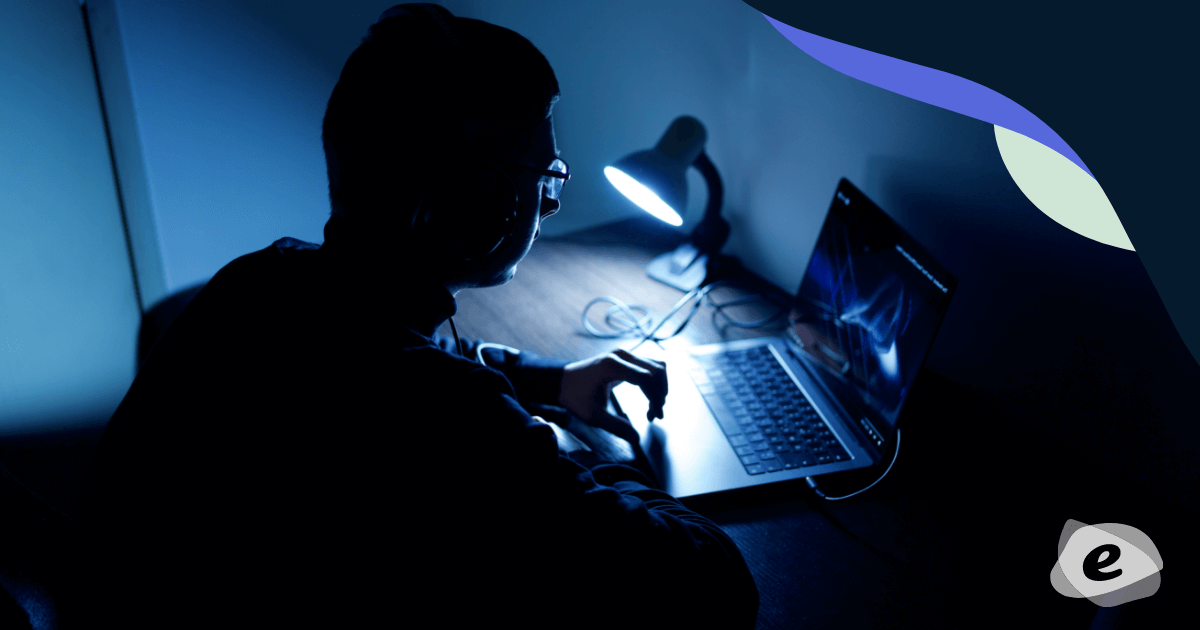
This year has brought with it an absolute revolution in the way we live.
Adhering to new rules, we have been forced to spend more time at home, isolating to stop the spread of disease. Many Australians have been able to adapt, staying physically distant while remaining socially connected through the use of all kinds of digital technology. There are many benefits to this but, sadly, also increased stories of online harassment, intimidation and abuse — much of it directed at women.
Changing use of tech
Social media, video-conferencing apps, voice calls and text chats have been helping to bridge the pandemic-induced physical divide. So we have been working, learning and socialising online more than ever before. While for many Australians this has been a positive experience, at eSafety we have also seen a dark side. Over the past month we have received almost double the usual number of reports about some forms of online abuse, including the sharing of intimate images without consent. Though the current numbers are horrifying, the behaviours are not new.
Women and online abuse
Research, and experience, show that women face unacceptably high levels of abuse online. This can profoundly damage their confidence, self-esteem and feelings of personal safety.
In 2018, Amnesty International surveyed more than 500 Australian women, with three in 10 (30%) reporting they had experienced online abuse or harassment. Of those:
- 47% (nearly half) were aged 18 to 24
- 37% (more than a third) said that on at least one occasion these online experiences made them feel their physical safety was threatened.
Further, a 2019 report ‘Don’t read the comments; Enhancing online safety for women working in the media’ highlighted the difficulties faced by Australian women in their professional life, where they continue to pay a very high price for maintaining the active online presence expected as part of their job.
eSafety’s own 2019 research into online hate speech showed that among those targeted, a significantly higher proportion of women than men attributed the experience to their gender and physical appearance. Men attributed the experience to other factors.
The current pandemic, and its associated stressors, is unsurprisingly compounding and multiplying women’s online abuse.
Your rights online
A guiding online safety principle is that everyone has the right to be online without fear of abuse. eSafety works to help prevent this abuse, but also to offer support when it occurs.
We must remember that every woman, from every culture and race, across all ages, abilities and sexual identities, has the right to their own voice — a voice that should not be silenced by online abuse.
Advice for women
The options to support women targeted by online abuse are numerous and varied. But the suggestion that women ‘just turn off the technology’ is not possible, or even acceptable.
If you are the target of online abuse remember, it is not your fault. You are not on your own, and there are practical steps you can take to protect yourself and to deal with the abuse:
- Report the abuse to the social media service’s safety centre. Depending on the platform, you can generally also block or mute the abuse, but you should collect evidence and report the abuse first.
- Report image-based abuse to eSafety. We can help to remove intimate images and videos that have been shared without consent and provide access to counselling and support.
- Take legal action. If technology is being used to abuse, stalk, threaten or defame you, there are Commonwealth, state and territory laws that may apply.
- For all online platforms and apps, avoid revealing personal details such as your address, email address, phone number and birthdate.
- Check the settings of your social media accounts to keep your personal information private.
- Disable location services on your devices and avoid ‘checking in’ to places and venues.
- Enable Bluetooth only when needed and ‘remove’ paired devices when you are not using them.
- On Apple devices turn off Airdrop to avoid being sent content by people you don’t know.
- Update your settings so that others cannot tag or post videos or photos of you.
- Avoid hashtagging anything you don’t want to become public.
- Avoid posting content online that may put you or your family at risk, such as revealing where you go and what you do together.
- Build up your ‘psychological armour’: it’s important to strengthen your confidence and resilience so you are able to handle challenging situations online. This way you can stay in control — and help others who may face a similar ordeal.
If you are in danger right now, contact police on Triple Zero (000).
For non-emergencies, you can call the Police Assistance Line on 131 444 or contact your local police station.
More information
Find legal help and counselling support
Find out more about online abuse targeting women
Protecting and promoting women’s voices online — Women Influencing Tech Spaces (WITS)
Life admin, connecting and socialising safely — eSafety Women
Learn how to update your privacy and security settings, collect evidence and take screenshots
Advice for women who may be experiencing abusive, controlling behaviours in their home life
Updated 6 May 2020



